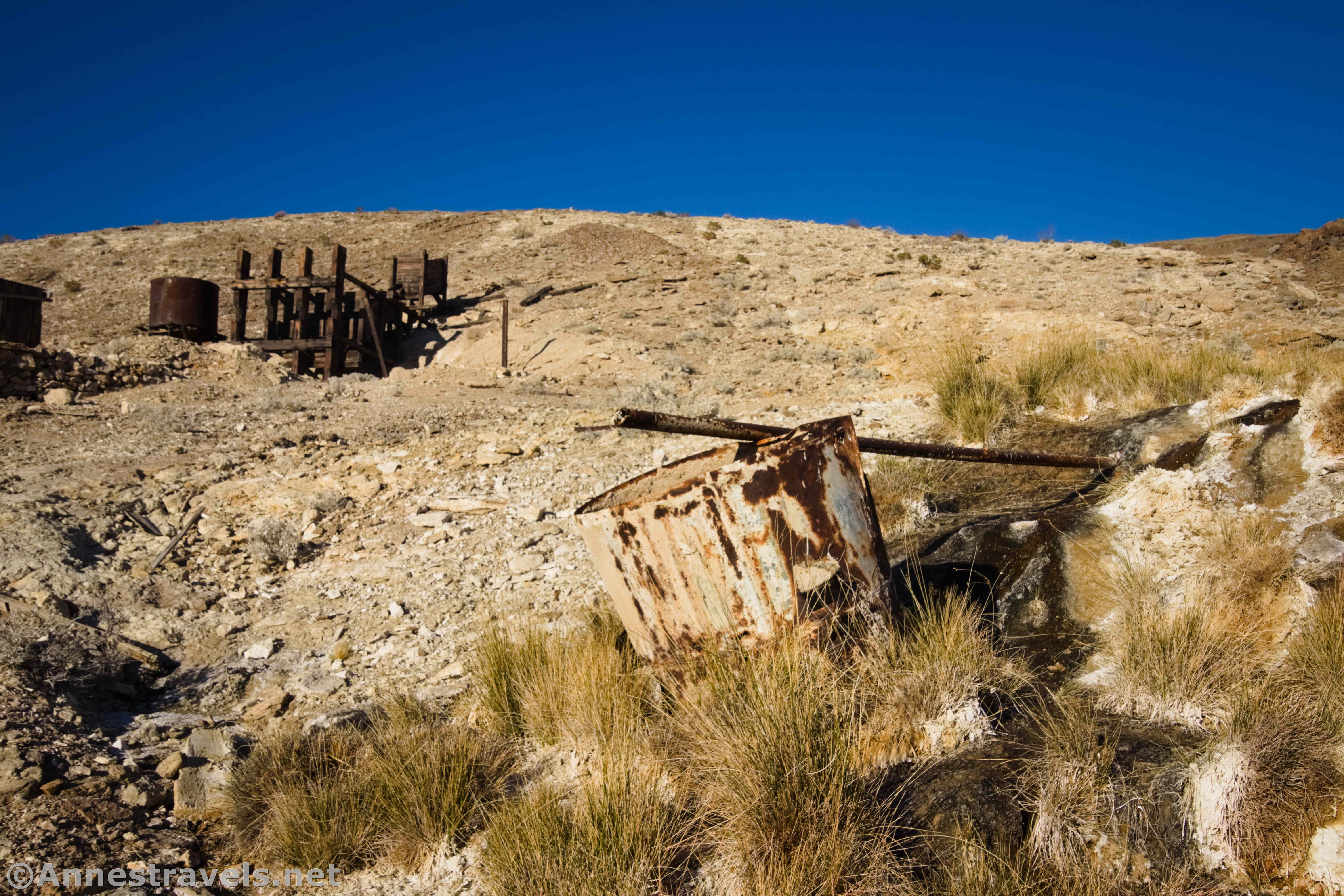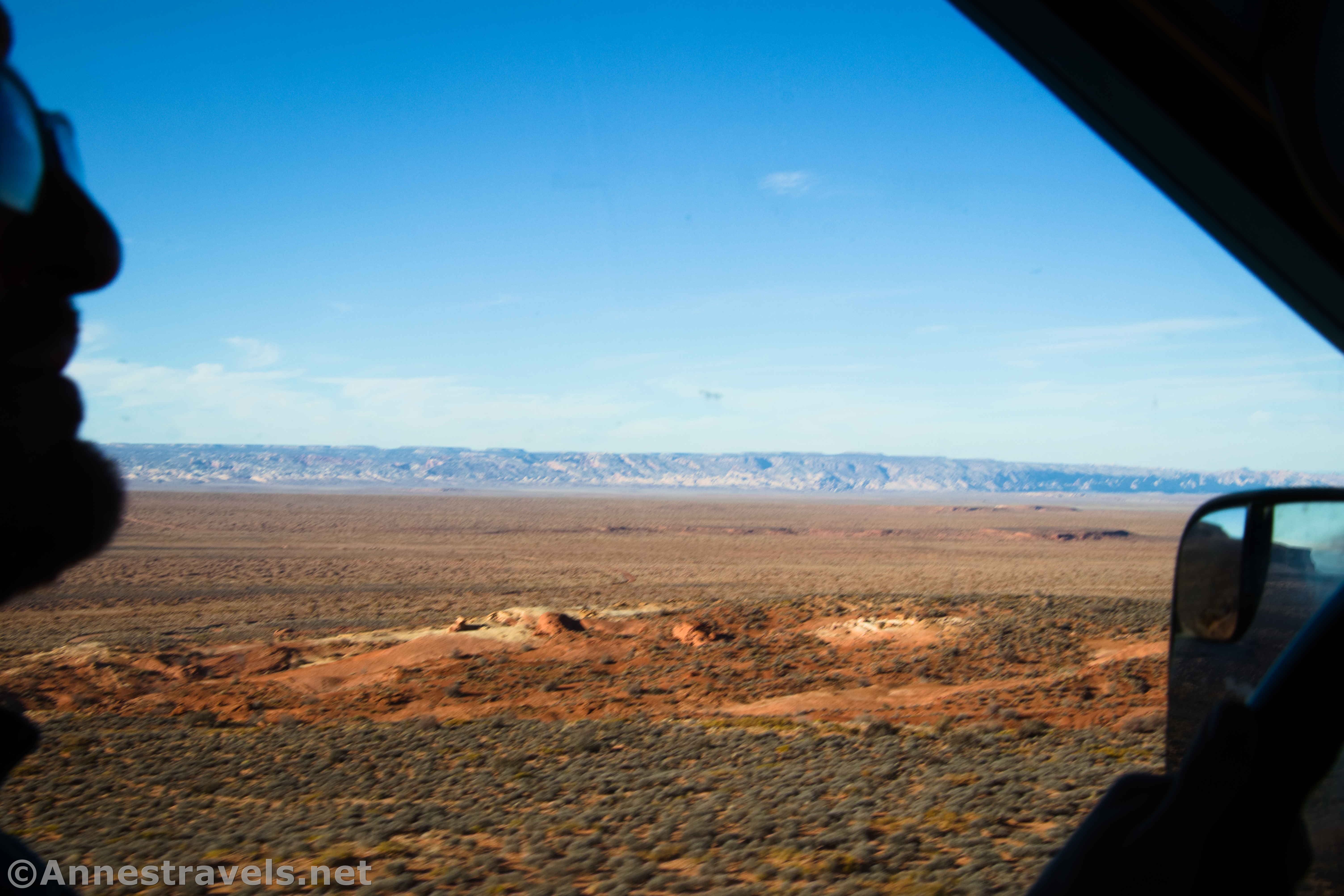
Before you push the shutter, every photographer should ask themselves this question: What story am I trying to tell with this photo?
A story can be simple or complex, touching or disturbing, fictional or real, or anything that the photographer is trying to convey. Everything about the photograph should work toward telling that story. Anything that does not help with the narrative of the photograph should be eliminated from the picture (if at all possible).

Examples of stories might be conveying culture or history, making a viewer feel a particular way, creating a mood, or showing the feeling of a place or a moment in time (such as a cold, winter street).
As I’ve talked about before, there should be one – and only one – subject in most photographs. The subject is usually the focal point of the picture and the one part that tells the most story. However, the foreground, background, and supporting elements will help or hinder your story.

As you compose your picture, think about the story you’re trying to tell. What does the place feel like? Are there textures in the foreground or background that help or hinder that feeling? (For example, it’s hard to have a peaceful picture with a stormy sky.) Are the colors bright or muted? Is the light strong or diffused?